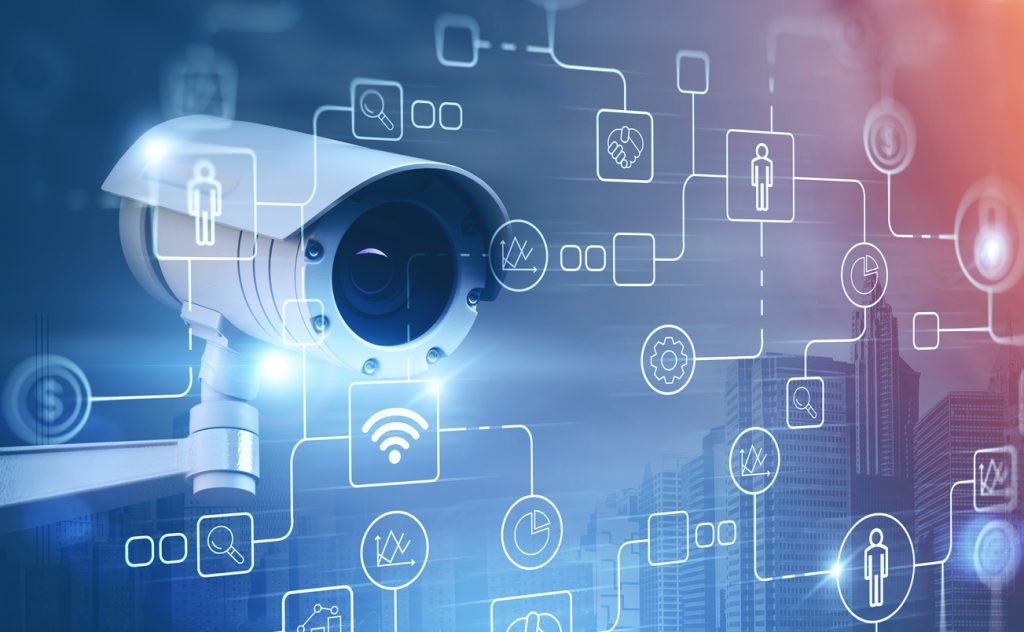In the fast-paced digital landscape, where data breaches and cyber threats are on the rise, understanding and implementing robust security measures are paramount. One crucial aspect of safeguarding digital assets is Network Security Monitoring (NSM).
I. Understanding The NSM
A. Definition of Network Security Monitoring (NSM)
Network Security Monitoring involves the continuous observation and analysis of a computer network’s traffic to detect unusual patterns and potential security threats. It goes beyond traditional security measures, providing a proactive approach to identify and mitigate risks.
B. Importance of NSM in the Digital Age
In an era where businesses heavily rely on interconnected systems and the internet, the importance of NSM cannot be overstated. It acts as a digital watchdog, constantly scanning for anomalies that may indicate a security breach.
II. Key Components of NSM
A. Intrusion Detection Systems (IDS)
IDS plays a pivotal role in NSM by actively monitoring network and system activities. It detects and alerts administrators about suspicious behavior or potential security incidents, enabling a swift response.
B. Log Analysis
Analyzing system logs is a crucial component of NSM. It involves studying log files generated by various devices and applications within the network, providing valuable insights into user activities and system events.
C. Network Traffic Analysis
Monitoring the flow of data within a network helps in identifying irregular patterns or unexpected spikes in activity. Network Traffic Analysis is instrumental in detecting potential threats and understanding the overall health of the network.
III. Benefits of Network Security Monitoring

A. Early Threat Detection
One of the primary advantages of NSM is its ability to detect threats in their early stages. By identifying anomalies and unusual patterns promptly, organizations can take proactive measures to prevent security breaches.
B. Incident Response Improvement
NSM enhances incident response capabilities by providing real-time insights. Quick identification of security incidents allows for a more efficient and targeted response, minimizing potential damage.
C. Identifying Anomalies
Through continuous monitoring, NSM can identify deviations from normal network behavior. This includes unauthorized access attempts, unusual data transfers, or any activities that might indicate a security threat.
IV. Implementation of NSM
A. Choosing the Right Tools
Selecting appropriate NSM tools is critical for effective monitoring. The market offers a variety of solutions, each with unique features. Organizations must carefully evaluate and choose tools that align with their specific needs.
B. Configuring Monitoring Systems
Once the tools are in place, configuring monitoring systems is the next crucial step. This involves setting up parameters, defining what is considered normal behavior, and establishing alerts for suspicious activities.
C. Training for Effective NSM
Human expertise is vital in NSM. Providing training for the IT team on the chosen tools and ensuring they understand the intricacies of network security monitoring is essential for successful implementation.
V. Common Challenges in NSM
A. False Positives
Dealing with false positives is a challenge in NSM. Fine-tuning monitoring systems to reduce false alarms without compromising on threat detection accuracy is an ongoing process.
B. Data Overload
As networks generate vast amounts of data, handling and analyzing this data can be overwhelming. Implementing effective data management strategies is crucial to avoid drowning in information.
C. Evolving Threat Landscape
The ever-evolving nature of cyber threats poses a continuous challenge. NSM strategies need to adapt to new attack methods and technologies employed by malicious actors.
VI. Best Practices for Effective NSM

A. Regular System Audits
Regular audits help in ensuring that NSM systems are functioning optimally. This includes reviewing configurations, updating signatures, and addressing any emerging vulnerabilities.
B. Collaboration and Information Sharing
Sharing threat intelligence and collaborating with other organizations enhance the collective ability to combat cyber threats. A community approach strengthens the overall cybersecurity posture.
C. Continuous Monitoring
NSM is most effective when it operates in real time. Continuous monitoring ensures that any potential security issues are identified and addressed promptly.
VII. Future Trends in NSM
A. Artificial Intelligence Integration
The integration of Artificial Intelligence (AI) in NSM is a promising trend. AI can analyze vast amounts of data at incredible speeds, enhancing the accuracy and efficiency of threat detection.
B. Cloud-Based NSM Solutions
As businesses migrate to cloud environments, the adoption of cloud-based NSM solutions is on the rise. These solutions offer scalability and flexibility, catering to the dynamic nature of modern IT infrastructures.
C. Automation in Incident Response
Automation plays a crucial role in incident response. Implementing automated response mechanisms based on predefined criteria can significantly reduce response times.
VIII. Case Studies
A. Notable Examples of Successful NSM Implementation
Highlighting success stories of organizations that effectively implemented NSM provides valuable insights and practical lessons for others.
B. Lessons Learned from NSM Failures
Examining instances where NSM fell short helps in understanding potential pitfalls and refining strategies for better outcomes.
IX. Importance of NSM for Businesses

A. Protecting Sensitive Data
NSM is integral to safeguarding sensitive data, preventing unauthorized access, and ensuring confidentiality.
B. Safeguarding Reputation
A security breach can tarnish a company’s reputation. NSM helps in maintaining customer trust by preventing and mitigating potential breaches.
C. Compliance Requirements
Meeting regulatory compliance standards is a necessity for businesses. NSM assists in fulfilling these requirements and avoiding legal repercussions.
X. Conclusion
A. Recap of NSM Significance
In conclusion, Network Security Monitoring is a proactive approach to cybersecurity that plays a pivotal role in safeguarding digital assets.
B. Encouraging Ongoing Implementation
Encouraging businesses to view NSM as an ongoing commitment rather than a one-time implementation reinforces the need for continuous vigilance.
Frequently Asked Questions (FAQs)
-
Q: Is Network Security Monitoring only relevant to large enterprises?
- A: No, NSM is essential for businesses of all sizes to protect against cyber threats.
-
Q: How often should NSM systems be audited?
- A: Regular audits are recommended, at least quarterly, to ensure optimal functionality.
-
Q: Can NSM prevent all types of cyber threats?
- A: While effective, NSM is not foolproof. It significantly reduces the risk but cannot guarantee absolute prevention.
-
Q: Is NSM a one-time implementation, or does it require continuous efforts?
- A: NSM should be viewed as an ongoing commitment, requiring continuous monitoring and adaptation to evolving threats.
-
Q: How can businesses stay updated on the latest trends in NSM?
- A: Regularly participating in cybersecurity forums, attending conferences, and engaging with industry publications can keep businesses informed.





